When it comes to video game localization, we often refer to dialogues and other in game elements that must be translated from a source language to a target language. Menus, manuals, instructions and abilities are just a small number of things that a translator has to localize in a video game. But their job does not stop there: culturalization is the next step.
What Is Culturalization?
When a product is translated, it is important to bear in mind that languages are part of very complex system called “culture”. It comprehends traditions, patterns of thought, gestures, interactions, food, music and much more. It comes on its own that a translator can not stop at literally translating in game texts, but they should adapt the video game contents to that linguistic region audience. Culturalization is the process that bring the product closer to the culture of the target language, delivering the right messages to establish new relations between different cultures.
Some Examples
Starting from a movie, the differences in Zootopia are quite famous. This animated movie was published in 2016 and its anchorman changes according to the language: there is a moose in Canada, a tanuki in Japan, a koala bear in Australia, a panda in China and so on.
There are many video game examples. Japanese main protagonists are usually teenagers that grow in young adults (18-21 years old) in the Western releases. A notorius example is NieR: Replicant, a 2010’s video game, that was published as NieR: Gestalt in the USA. It was not just a matter of names: the main protagonist in NieR: Replicant is the brother of Yonah, one of the main characters and driving force of the plot, while in NieR: Gestalt the main protagonists is her father.
Final Fantasy IV, published for the Japan audience in 1991, was simplified to adapt the game to the American gamers. The Pokémon Saga adapted the names of the creatures in some regions like Germany. The character’s names change too: for example, in the latest Pokémon Scarlet and Violet, the Elite 4 Rika and Hassel are called Capsi and Oranzio in Italian.
Cities too get their name changed: in Dragon Quest XI, Lonalulu is called Porto Trinacrio in Italian. The same happens in already mentioned Pokémon: in the Italian release, Pallet Town is called Biancavilla like a small town near Catania.
A Complex Process
Localizing a game is not easy at all. You need technical competences and linguistic knowledge. But empathy is required too to comprehend culture’s relations and their limits. The strength of a translation lies there: it is up to the localizator to step in the shoes of their audience and to understand the differences, so it can turn them in points of contact.









